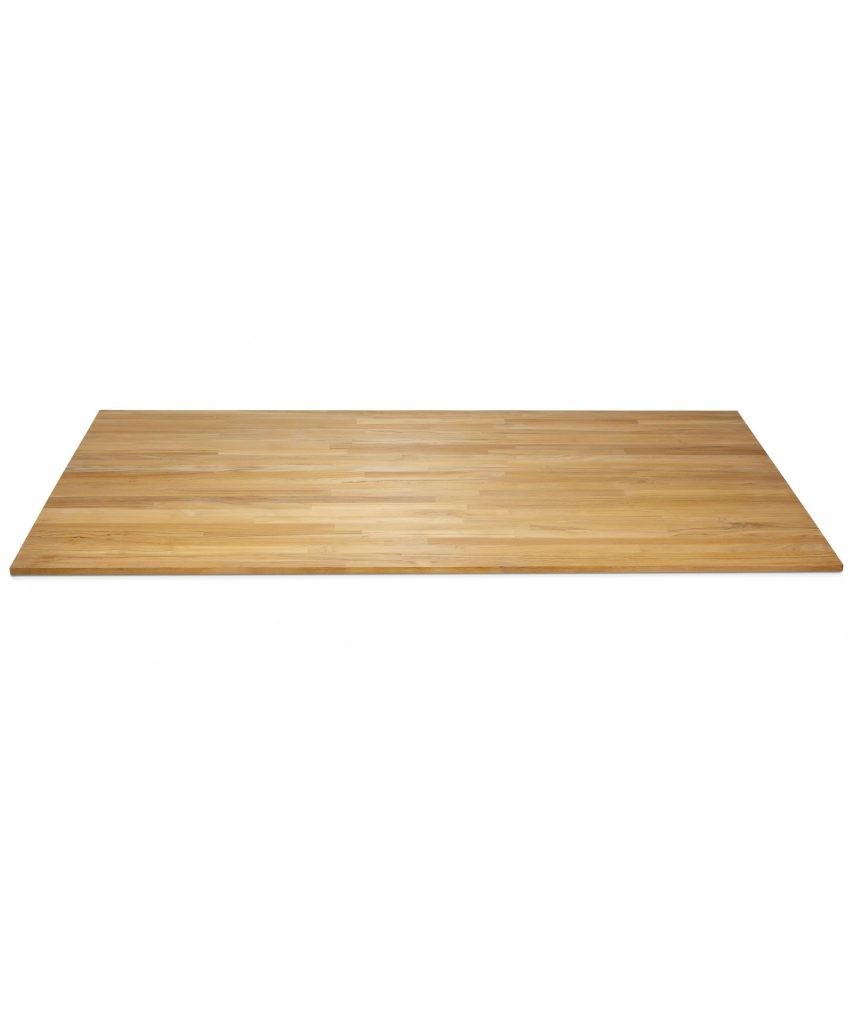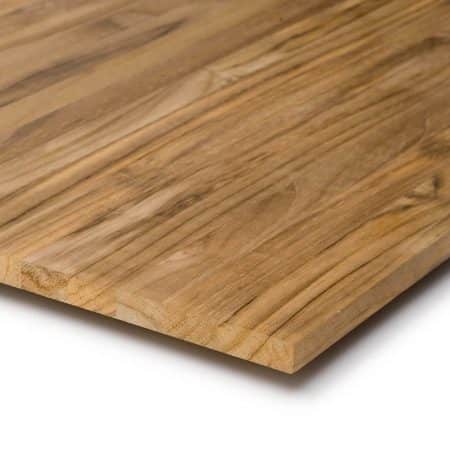
Betterwood " Advisory » wooden panels » glaze
Glaze wooden panel
As a wood treatment, glazes have the advantage that they penetrate the wood gently and the pores remain open. This keeps the wood breathable. A matting effect is achieved optically by glazing, which can be intensified by possible color additives.
Advantages and disadvantages
However, the surface becomes slightly rough and cannot be polished well. Another disadvantage is: A glaze is not particularly dirt-repellent or water-resistant and the composition is often not environmentally friendly. All in all, a glaze is recommended for surfaces that are not subject to much wear and have special aesthetic requirements.


How a slab is glazed
For glazing, the panel should be lightly sanded with a 120 grit so that the glaze can penetrate well. For wood that has already been treated, start with coarser grains. The glaze should be applied quickly with a brush in the direction of the grain of the wood. After the glaze has hardened after the manufacturer's specified drying time, it usually feels very rough. In any case, the surface should be reground with a 180 or 240 grit. If several layers of color are desired, the process can be repeated accordingly. It is possible to oil or wax the glazed surface again as a finish.
The masterpieces of our customers.
We are amazed at what our customers make out of our wood: wooden terraces in the most improbable shapes, raised beds, ship decks, washstands, bedside cabinets, mobile homes. But see for yourself.
To the customer gallery








